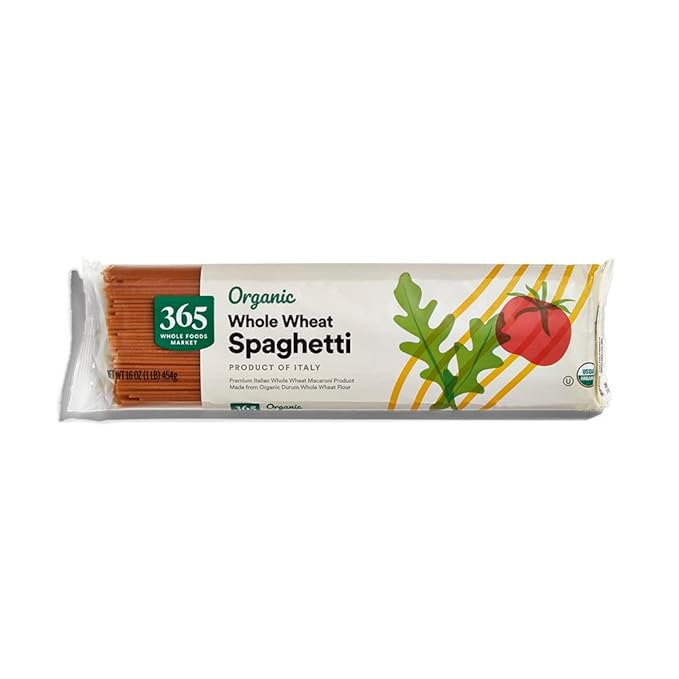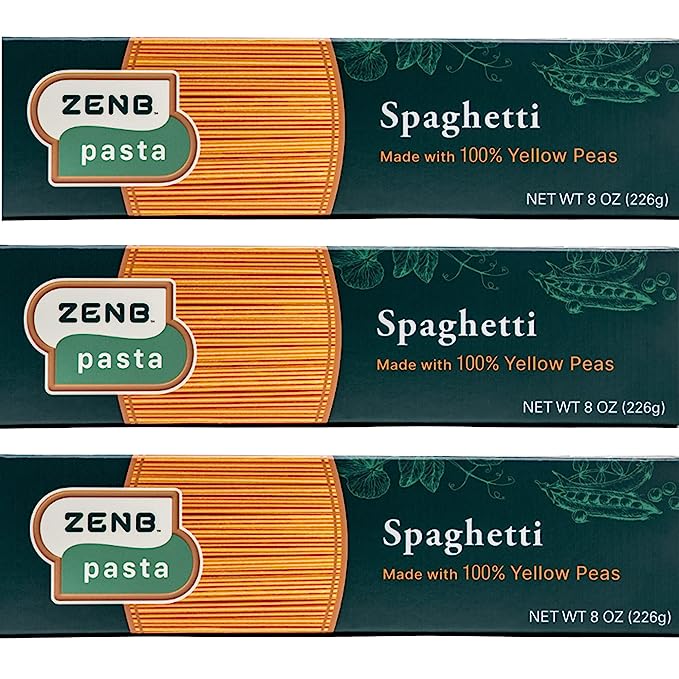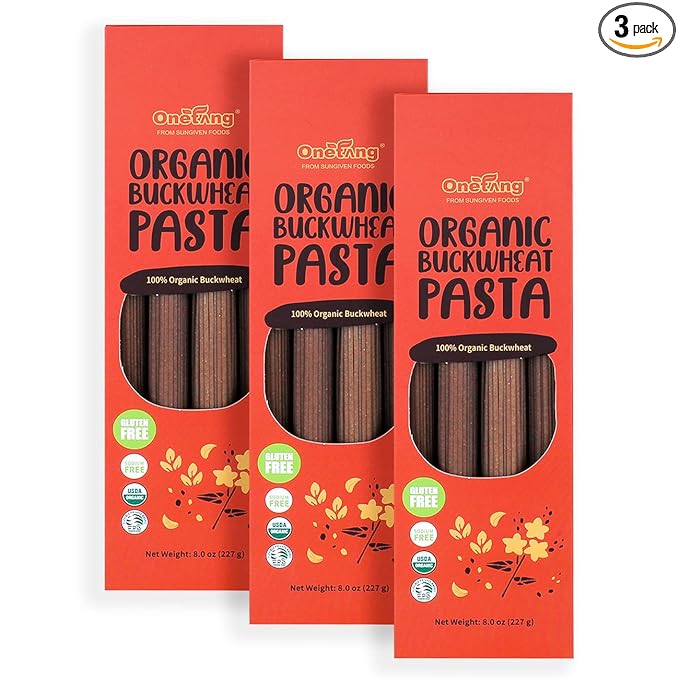Spaghetti doesn’t really belong to the list of health-promoting foods, especially if you’ve been following low-carb diets such as the Keto diet or Atkins (where any pasta dishes are considered a no-no).
In reality, spaghetti doesn’t need to be banished from your diet. By making some small changes and additions, you can turn spaghetti into a great balanced meal that provides your body with some necessary nutrients. So, is spaghetti healthy? Keep reading to discover the benefits of eating spaghetti.
Health Benefits of Eating Spaghetti
Even though carbohydrates have had a bad rep in the wellness world, there’s no need to fear carbs. Quite the opposite: carbohydrates are your body’s (and your brain’s) primary source of energy.
“Carbohydrates have a valuable place in a balanced diet. Athletes and active individuals typically have high carbohydrate needs, which spaghetti and other pasta can help them meet,” notes Avery Zenker, a Registered Dietitian and a writer for Everflex Fitness.
Pasta is also quite a powerhouse for its nutrient content: 1 cup of cooked pasta contains 195 calories, 7.19 grams of protein, and 1.15 grams of fat, making it a great base for a satiating meal.
“Spaghetti has the fabulous potential of being healthy because it’s a versatile base that can include sauces, proteins, and vegetables to make it a balanced meal,” explains Jonathan Valdez, Registered Dietitian Nutritionist and the owner of Genki Nutrition.
Fiber is another reason why spaghetti can be considered healthy. There’s about 2.23 grams of fiber in a cup of spaghetti. If you opt for whole-grain spaghetti, you may even consume over 6 grams of fiber per cup.
In addition to fiber (which is amazing for digestion), whole-grain spaghetti packs various vitamins and minerals, including magnesium, iron, zinc, and high levels of B vitamins.
How to Make Spaghetti Healthier?
Although spaghetti in general has health benefits, there are ways to maximize this. When choosing a type of pasta for the main course, there are other healthier options you can choose from, such as whole wheat or whole grain pasta, to increase fiber content.
To make spaghetti healthier, add other nutrients to create a balanced dish. “With a mixture of vegetables, lean proteins, and healthy fats, they can enhance the health benefits brought by spaghetti dishes,” says Stephanie Orellana from Pearl Lemon.
“Lean proteins people can cook in their pasta dishes include grilled chicken, turkey, or tofu to increase support for muscle health. When it comes to sauces, its better to opt for tomato-based or vegetable-based alternatives over high calorie cream-based sauces,” she continues.
Colorful vegetables such as tomatoes, bell peppers, onions and spinach add essential vitamins, minerals and antioxidants to the meal. You can even try adding Italian seasoning, garlic, and onion to make spaghetti healthier.
“Add lean meats, including beef, chicken breast, pork, or cod/salmon fish. Lean meats can be part of a healthy diet, and protein helps optimize satiety and lower calories. If you opt for lean red meats, you will find zinc, selenium, iron, vitamin B12, and phosphorous,” recommends Valdez.
Avoid overly fatty ingredients, like heavy cream or too much cheese on top of the spaghetti dish. Instead, use tomato-based sauces, add vegetables for additional color and fiber, and opt for lean protein sources to create a balanced spaghetti meal.
With these simple changes and additions, you can make your spaghetti dishes much more nutrient-rich and satiating.
Types of Spaghetti to Avoid
Spaghetti can be healthy, but it may be wise to avoid spaghetti with creamy white sauces. These sauces typically include heavy cream, butter, and fat that packs extra calories. “The heavy cream and butter add saturated fat, which, when consumed in large amounts for long periods, can clog arteries and increase the bad cholesterol in the blood,” stresses Valdez.
It’s best to make homemade sauces because you can control the amount of sodium added to the sauce. Better yet, you can avoid added sugars and additives by making homemade spaghetti sauce with fresh ingredients, such as tomatoes and vegetables.
Catherine Gervacio, Registered Dietician and nutrition writer for ‘Living.Fit’ also recommends focusing on portion size. “Be mindful of portion sizes to avoid overeating. Balancing the spaghetti with the right amount of protein, and vegetables, ensures a well-rounded and nutritious meal without excessive calories.”
Healthiest Spaghetti Choices From Amazon
If you’re looking to super boost your spaghetti dishes, you may want to try these top spaghetti choices from Amazon.

Organic Whole Wheat Spaghetti by Whole Foods Market
– Budget-friendly spaghetti choice
– USDA Organic
– 1 serving provides 6 grams of fiber

ZENB Yellow Pea Gluten-Free Vegan Spaghetti
– 12 grams of protein and 7 grams of fiber per serving
– 100% yellow peas
– Gluten-Free, Non-GMO
– No artificial flavors, colors, or preservatives

ONETANG Whole Grain Buckwheat Spaghetti
– 8 grams of protein and 5 grams of fiber per serving
– 100% whole grain noodles with a rich, warming flavor
– USDA Organic, Gluten-Free
Is spaghetti healthy, and could it belong to a balanced diet? Yes, absolutely!
Make sure to choose whole-grain spaghetti varieties (such as the ones highlighted above), add veggies and lean protein to your spaghetti meals, and avoid store-bought fatty sauces. This is the magic formula for a healthy spaghetti dish.








